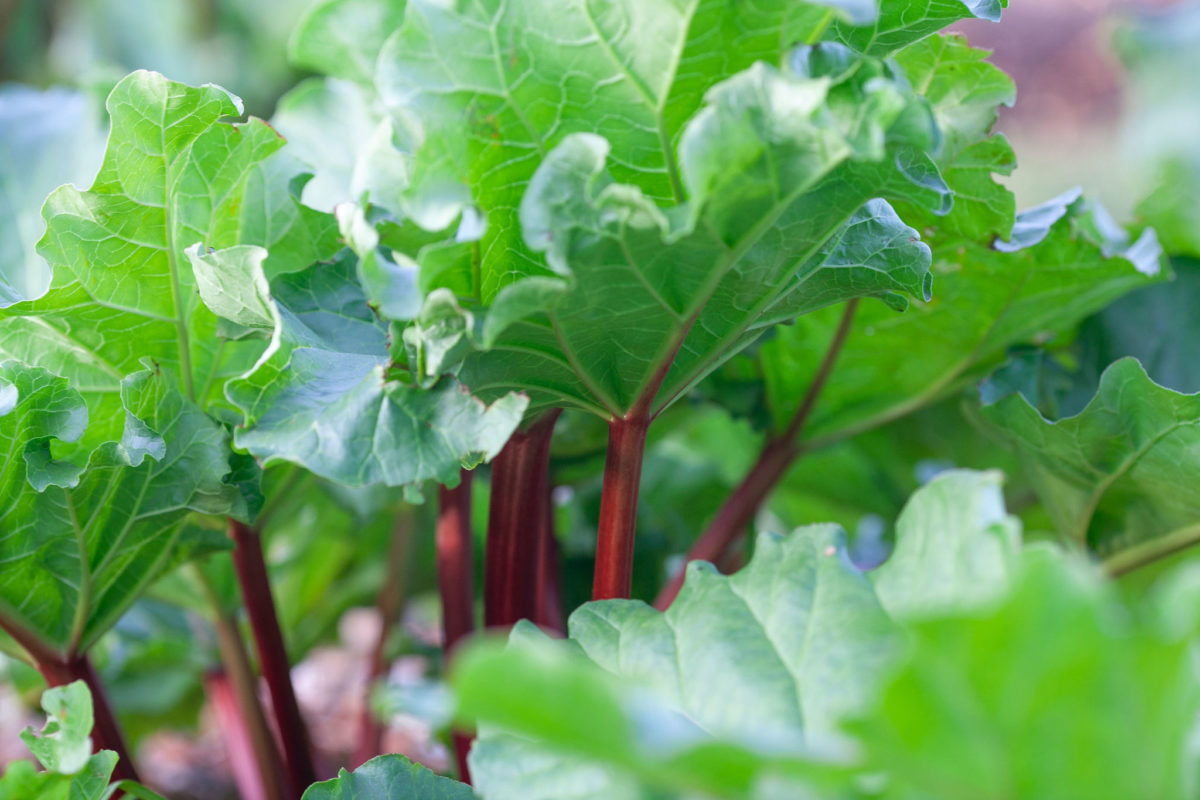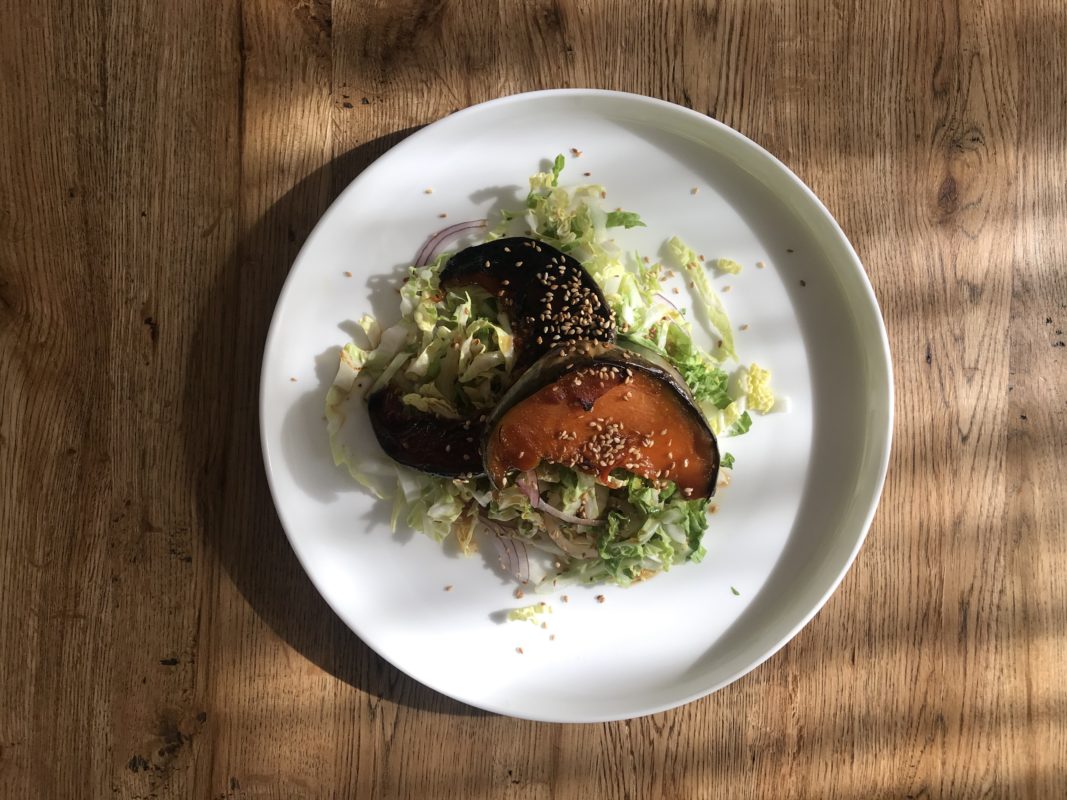What’s in your Veg Box this week (31A)?
At the suggestion of a vegetable box customer, we are writing this blog post on how to store fruit and vegetables.
The best way to have vegetables that last a long time, is to eat fresh vegetables. For example, corn is best eaten less than 24 hours after harvest – and the beauty of this is that you can do exactly that with our vegetable boxes 🙂
Food that’s grown well in better quality soil will also last longer. Focusing on healthy, sustainable farming practices results in produce that tastes better, lasts longer and is much better for you.
As a general rule, our household keeps all of our vegetables in the fridge (and mostly the crisper, depending on how much room is available). Except for our root vegetables like potatoes, onions and garlic. We also tend to leave the pumpkins in a cool dark spot if they’re whole – but if they’re cut and opened the pumpkin will end up in the fridge too. Nothing is rinsed in water until it’s used. Mushrooms stay in their cardboard box 🙂
Oranges, mandarins, lemons, limes, apples, pears, kiwifruit and stone fruit all stay on our bench. While berries go in the fridge (if they even make it that far!)
We are aware that it’s not necessarily the perfect way of storing the veg, but sometimes we struggle to find the time to do things perfectly.
But forget what our personal decisions are, let’s have a look at what we’re supposed to do!
How to store your fruit and vegetables
What should be kept in the fridge crisper
- Green leafy vegetables (kale, spinach, bok choy, silverbeet) should not be washed until they’re going to be used. They should be kept cool in the crisper. The more humidity they’re exposed to, the more likely that the greens will be a funky slimy mess. Putting them in the container should give them a little extra life and they should be popped into the fridge as soon as you get them.
- Beetroot – best kept in the refrigerator, but is pretty hardy and can be left out of the fridge for a few days.
- Beans and Cucumbers – just pop them in the fridge crisper.
- Carrots – cut the tops off to get them to last longer. And if you’re really keen you can keep them in a container. Our carrots don’t tend to last long if there’s any dip in the house!
- Cauliflower and broccoli – can be packed into a container and stored in the crisper to keep it lasting a bit longer.
- Pumpkin (after opening) – if it’s a whole a whole pumpkin it can stay in a cool dark place. Cover the opened section of the pumpkin or put it in a container if you can.
What should be kept in the fridge not in the crisper
- Berries – don’t wash these once you get them. Only wash them just before eating 🙂
- Citrus – we tend to leave our citrus out on the bench because they get eaten super quickly. But they will last longer if they’re refrigerated.
- Grapes
- Mushrooms – can be kept in their box or a brown paper bag. The cardboard or paper will absorb extra moisture and reduce the chance of potential problems with bacteria.
What should not be put in the fridge
- Avocados – will ripen much more slowly in the fridge. Only put them in the cool if they’re super ripe already.
- Garlic – humidity will make the sprout. Try to keep them in a dry, cool and dark space. The bottom of the pantry is popular.
- Kiwifruit – the fridge will alter their ripening
- Onion
- Pears and apples – the fridge will alter their ripening
- Potatoes – humidity will make them sprout. They need to be kept in a dark place with some air flow. Any exposure to light may cause the potato to become green (and therefore toxic).
- Stone fruit
- Sweet potatoes and Swedes
- Tomatoes – taste so much better when left at room temperature.
Ripening fruit will emit ethylene gas which will cause problems for other produce. Make sure that any fruit in a bowl has some air to circulate or else they’ll all emit ethylene and ripen each other faster. Any rotten fruit will spread to other fruit.
Hopefully this all helps a little bit and we’ll try and update this list further over time. If you’ve got specific questions, please ask or contact us.
In other news, we have just been featured in a Regenerative Agriculture series focusing on best practices in the Mornington Peninsula region. It was put together with our Council and the Westernport Catchment Authority.




Hi Just letting you know the hyperlink is incorrect for …. what’s in your box 31B it leads to ……….A not B ………..https://heritagefarm.com.au/2020/07/26/whats-in-your-veggie-box-week-31a/
Thanks
That is an excellent pickup Lisa – thank you! I’ve made the adjustments 🙂
A couple of years ago I purchased an Australian product called The Swag for storing fruit and veggies. I find the pouches very helpful for storing and keeping produce for longer periods.
Their website is:- the swag.com.au
Great find Sharyn! I’m just having a look at them and they look good. You’ve found them useful for your own produce?
Yes Matt, very useful, I wouldn’t be without them.
Thanks for sharing Sharyn. I’ll try one out.
Hi Sharyn,
Thanks for letting me trial it out. I was a bit nervous hanging on any longer because our young son Kingsley is a little destructive at the moment and has found a new favourite spot – the fridge :(. Seemed to work pretty well with a quick trial and I’ll try and order our own soon!